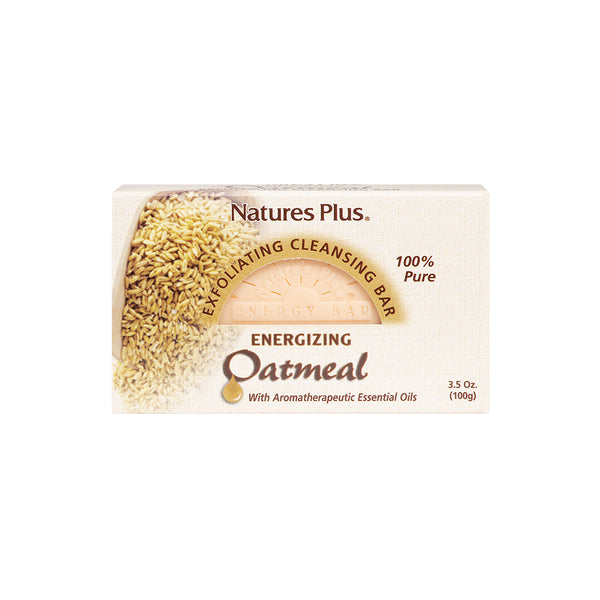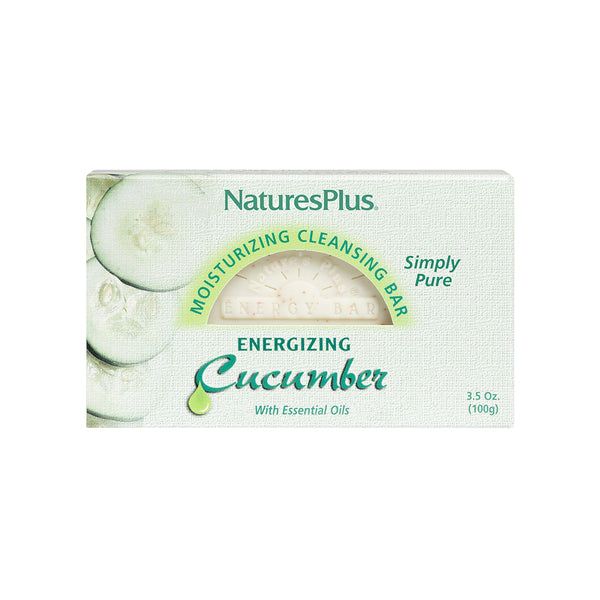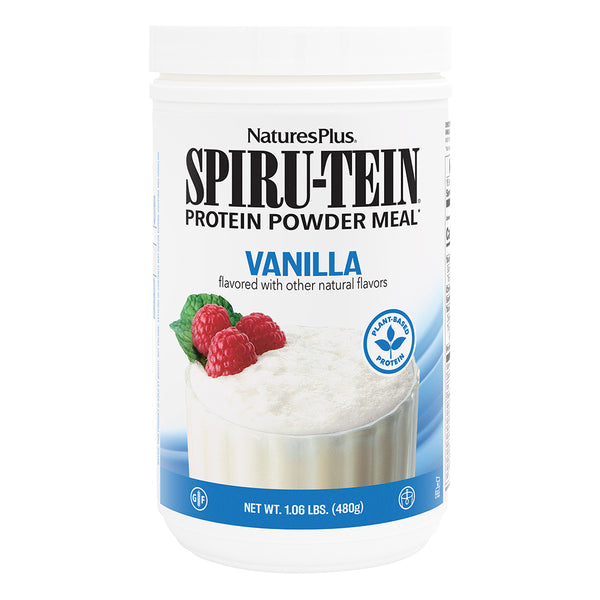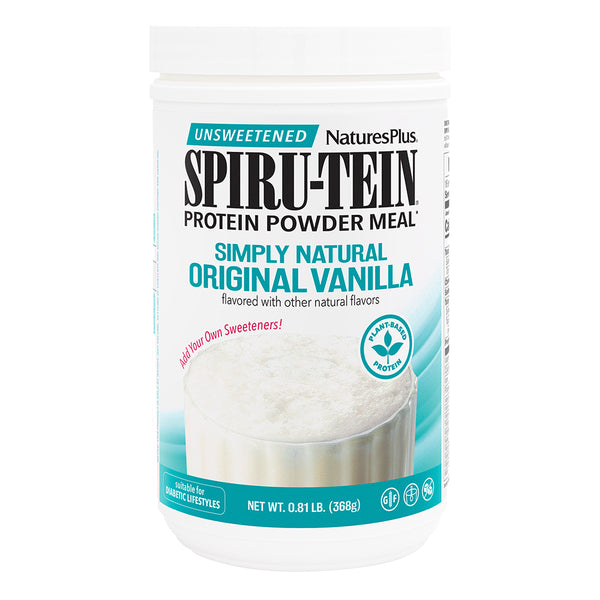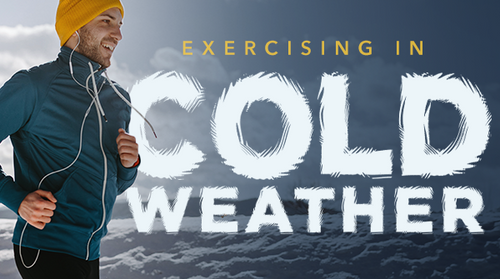Whether you are looking to enter the MMA combat ring, train for a mud run or just get into the best shape in your life, exercises such as tire flips, sledgehammer swings and sled pulls/pushes can help you develop functional strength, not just show-off biceps or abs.
"My focus is on training movement patterns," says Brandon Richey of Brandon Richey Fitness in the Atlanta area. "You're conditioning your body to move better."
Taking On the Tire
Flip a tractor tire often enough and youll get a full-body workout— and then some.
"You have to treat every single rep like youre stepping into the ring with Ali," says Shannon Stewart of Strength Camp Gym in St. Petersburg, Florida.
What size tire should you tackle? Stewart says the effort you expend should be roughly equivalent to a weight you can deadlift at least a few times. Actually, deadlifting is good practice for tire flips; Stewart also recommends front squats.
To flip a tire properly:
- Stand two to three feet away from the tire, feet shoulder-width apart and parallel.
- Bend to grip the tire underneath, elbows outside of your knees and locked; keep your back straight.
- Drive your chest into the tire while driving upward through your ankles, knees and hips to lift the tire at a 45° angle.
- Once the tire clears the mid-thigh, shift your hands and continue driving until you flip the tire over.
Bringing Down the Hammer
Like the tractor tire, the sledgehammer is an excellent piece of equipment; in fact, the tire is a common hammer target.
Stewart says sledge swings can build shoulder stability with range of motion. They also increase endurance and enhance grip.
Sledges start at eight pounds and can go up to 20 pounds or more. To find a hammer you can control, Stewart suggests going to a dumbbell rack and, starting with the lightest, holding each out in front of you without your shoulder, elbow or wrist collapsing. When you find a weight you can just about hold, go down one level for your ideal sledge weight. For most people, eight or 10 pounds will be fine to start.
To prepare for sledge swings, Stewart recommends a dumbbell front or lateral raise; you would not want to go super-heavy. You could also do a lat pulldown off a cable machine.
To execute a sledge swing:
- For a diagonal swing, stand about one or two feet away from the tire and bring the sledge diagonally across your body, keeping one hand at the bottom of the handle.
- For an overhead swing, approach the tire with your feet parallel and about shoulder-width; raise the sledge overhead with both hands at the bottom and bring it down directly in front of you; alternate hand placement after a while.
Wrestling the Sled
Fitness camps that specialize in hardcore training often have sleds that can be loaded with weights and then either pushed, pulled backward or pulled forward.
Sled work can be done to build either strength or speed. "For speed drills, you put 20% to 30% of the trainee's weight on a sled," says Richey. "He can move fast but he's still gaining the benefits of load resistance."
To build strength, "you could push or pull with a more substantial load so its going to be more of a struggle," says Richey. "It's also a great way to work on ankle and knee mobility and to get the body used to moving loads, such as having to carry a partner over an obstacle."
Finding the right weight is more trial-and-error, but Richey says that for a strong 200-pound man, "you can load 100, 200 pounds on a sled and it's going to be a workout."
When sledding for strength, Richey suggests becoming proficient at bodyweight exercises—pushups, pullups. You have to build base strength with your own body weight.
To use a sled:
- To pull a sled forwards, make sure the harness (if you're using one) wont cut into your waist and shoulders, then lean forward and drive hard with your legs and hips.
- To pull a sled backwards, keep your knees bent and your arms straight; dont overstride.
- To push a sled, get as low as possible without hurting your shoulders, then drive forward, using your hips, with straight arms and a straight back.
Like this article? You’ll love our weekly newsletter
sign up here!
**These statements have not been evaluated by the Food and Drug Administration. This product is not intended to diagnose, treat, cure or prevent any disease.


















